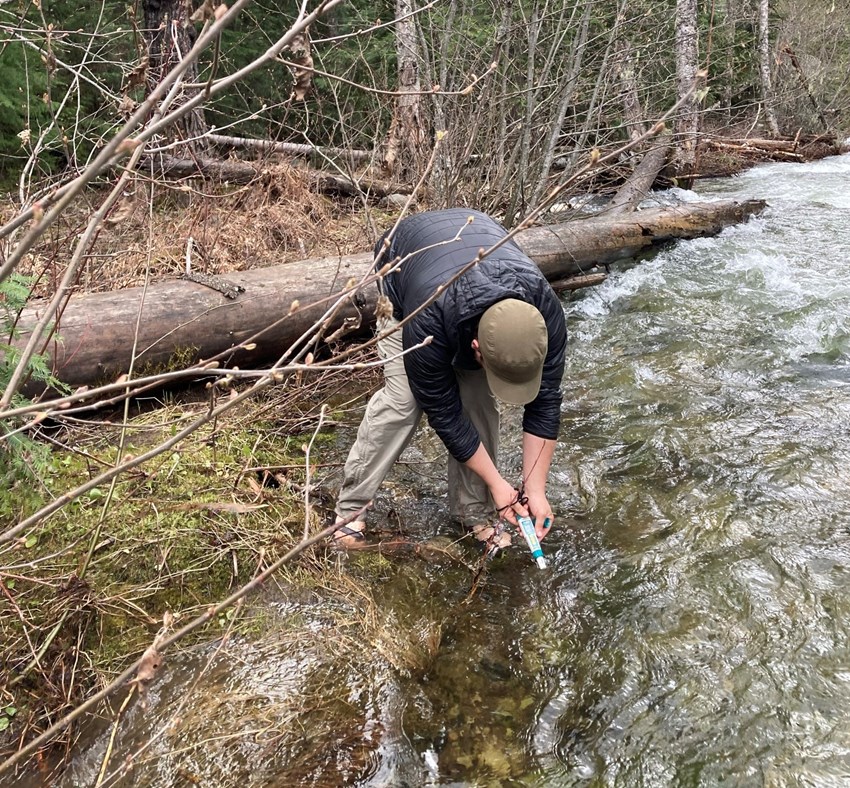Fall is in the air. The leaves are changing color and the temperatures are dropping. People are carving pumpkins and eating candy corn. The season of fall often also marks a change in water quality monitoring. After a busy summer in the field, the fall is often a slower season. October and early November are the final months that MMW-funded groups collect samples to be analyzed at our Freshwater Research Laboratory here at FLBS. Soon the process of data management, analysis, and upload will be the focus for groups funded by MMW and DEQ. For groups who have not yet received funding, fall also marks the perfect time to begin the process of planning to monitor for the next year, even though MMW applications are not due until March of next year. Though this seems far away, life is complicated, and so is planning for volunteer-led water quality monitoring. To be successful in the monitoring process, groups must first define the goals and objectives of their monitoring. Do you want to obtain baseline data in your watershed or perhaps you are interested in obtaining data for restoration efforts? These are important questions to ask and will help you define your overall goal. The objectives include more specific details about what can and will be measured. Establishing roles and responsibilities early in the planning process is another crucial step for successful monitoring programs. When roles are clearly defined groups can accomplish more since the workload of planning and implementing a water quality plan is divided. It’s also good to note that determining roles helps to match up members' strengths with their responsibilities so that the program runs smoother. Goals, objectives, and roles are just part of the planning process, but they are a great place to start! Starting now will help to make sure that by March the application is filled out and ready to submit. Check out the Starting a Volunteer Monitoring Program for more details and help! And as always, please reach out to us with any questions.
What's Next?





